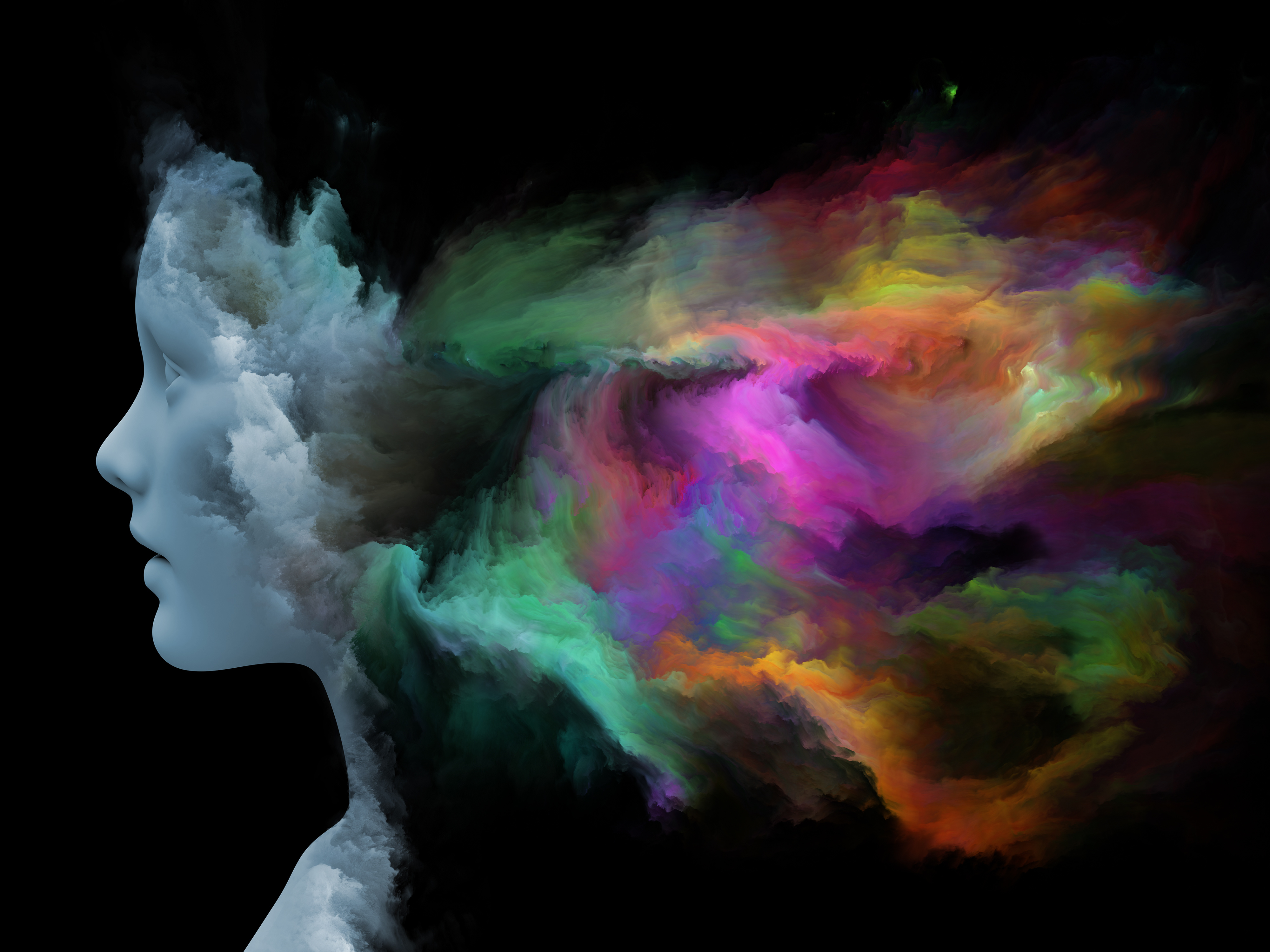Positive symptoms
What are positive symptoms of schizophrenia?
Positive symptoms are a well-documented feature of schizophrenia and are arguably the most recognisable and conspicuous symptoms. Positive symptoms include hallucinations and delusions. Hallucinations are defined as a perceptual experience that occurs in the absence of any external sensory input, and are most commonly auditory, but can occur in any modality. Delusions are distortions or exaggerations of inferential thinking, which lack any logical consistency, are not explained by cultural beliefs, and persist regardless of contradictory evidence. Persecutory delusions involve the belief that people are “out to get” the individual, resulting in a lack of trust in others. Delusion of reference refers to the belief that neutral events are directed specifically towards the individual. Somatic delusions involve the belief that the individual has a physical ailment contrary to medical advice. Delusions of grandeur are characterised by an exaggerated belief that the individual has power, ability, or fame. Positive symptoms can cause extreme distress for the person. The severity of positive symptoms can significantly affect a person’s day-to-day function, quality of life, and may also be associated with impaired cognitive ability. Positive symptoms have been shown to be more responsive to antipsychotic treatment than other symptom dimensions.
What is the evidence regarding positive symptoms?
Moderate quality evidence finds features of hallucinations are similar across psychiatric conditions, apart from age of onset of hallucinations, which is earlier in non-clinical and dissociative disorder groups (<12 years) than in schizophrenia (late teens to early 20s), and is later in affective disorders, neurological disorders, and alcohol-related conditions (middle or older age). The prevalence of visual hallucinations in people with schizophrenia is around 27%, and the prevalence of auditory hallucinations is around 59%. These rates are higher than in affective psychosis (visual = 15%, auditory = 28%). They are also higher than general population rates (7%), but lower than in Parkinson’s disease (15-40%), dementia with Lewy bodies (60-90%), age-related eye disease (10-60%), and death-bed visions (50%). In schizophrenia, visual hallucinations are associated with more severe psychopathological profile and less favourable outcomes; they are complex, negative in content, and are interpreted to have personal relevance.
Moderate to high quality evidence finds medium-sized associations between increased maladaptive appraisals and beliefs about voices and increased voice-related and emotional distress. Maladaptive appraisals and beliefs include perceived power, intrusiveness, dominance, malevolence, lack of control, and metaphysical beliefs. Positive appraisals and beliefs about voices showed a small association with reduced distress.
Moderate to high quality evidence finds small to medium-sized relationships between increased paranoia and low self-esteem or increased externalising attributional bias (incorrectly holding others responsible for negative events). Increased paranoia was also associated with seeing others as controlling, dangerous, and rejecting. Compared to controls, people with psychosis and persecutory delusions show a medium-sized effect of more externalising attributional bias, a large effect of low explicit (conscious) self-esteem, and a small to medium-sized effect of low implicit (unconscious) self-esteem. Compared to people with depression, people with psychosis and persecutory delusions show a large effect of more externalising attributional bias, a large effect of more explicit self-esteem, with no differences in implicit self-esteem. Compared to people with psychosis without persecutory delusions, people with psychosis and persecutory delusions show a medium-sized effect of more externalising attributional bias, with no differences in explicit or implicit self-esteem.
High quality evidence finds a medium-sized association between more severe delusions and more belief inflexibility. There were medium to large effects of more jumping to conclusions, bias against disconfirmatory or confirmatory evidence, and more liberal acceptance in people with schizophrenia with current delusions compared to controls or people with schizophrenia who do not experience delusions. There was also a medium-sized relationship between poor insight (overall unawareness of having a mental disorder) and increased reality distortion.
Moderate to high quality evidence found a small effect of increased positive symptoms in people with schizophrenia and current cannabis use compared to people with schizophrenia and no cannabis use. Moderate to high quality evidence found no differences in positive symptoms between people with schizophrenia who recently abstained from cannabis use compared to people with schizophrenia and no cannabis use.
February 2022
Image: © 2018 Andrew Ostrovsky – stock.adobe.com
Fact Sheet Technical Commentary
Green - Topic summary is available.
Orange - Topic summary is being compiled.
Red - Topic summary has no current systematic review available.
